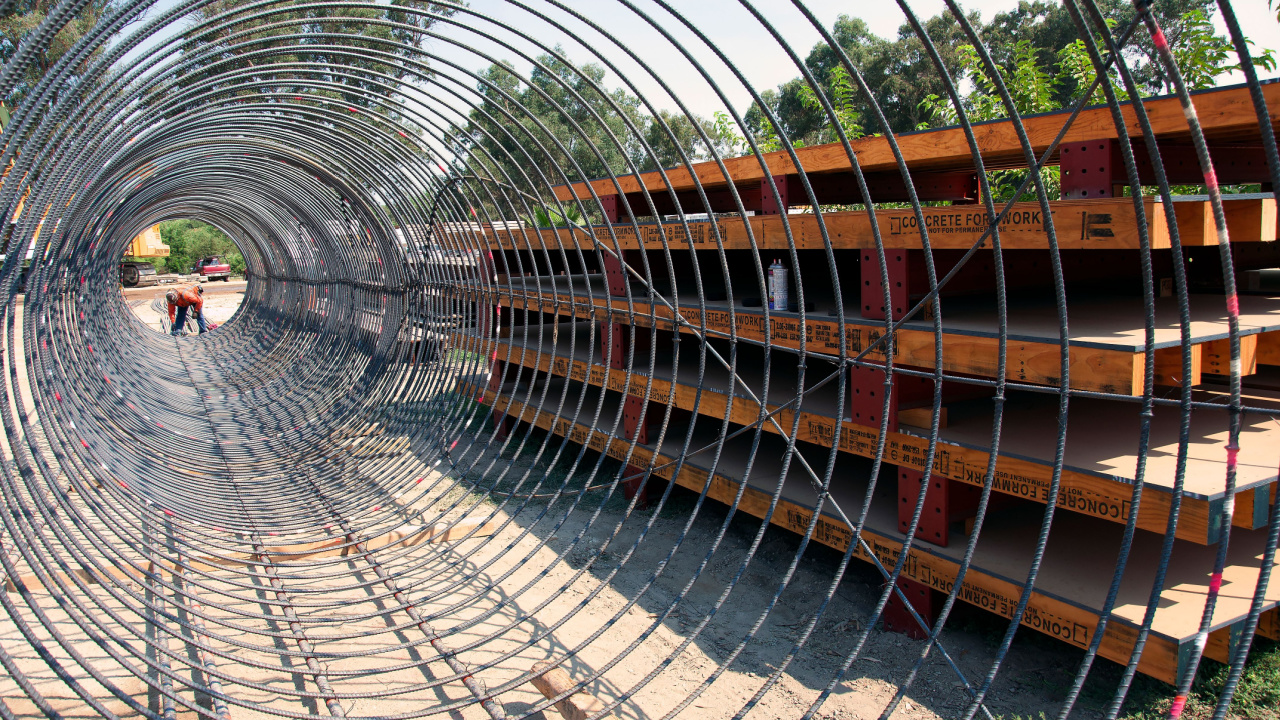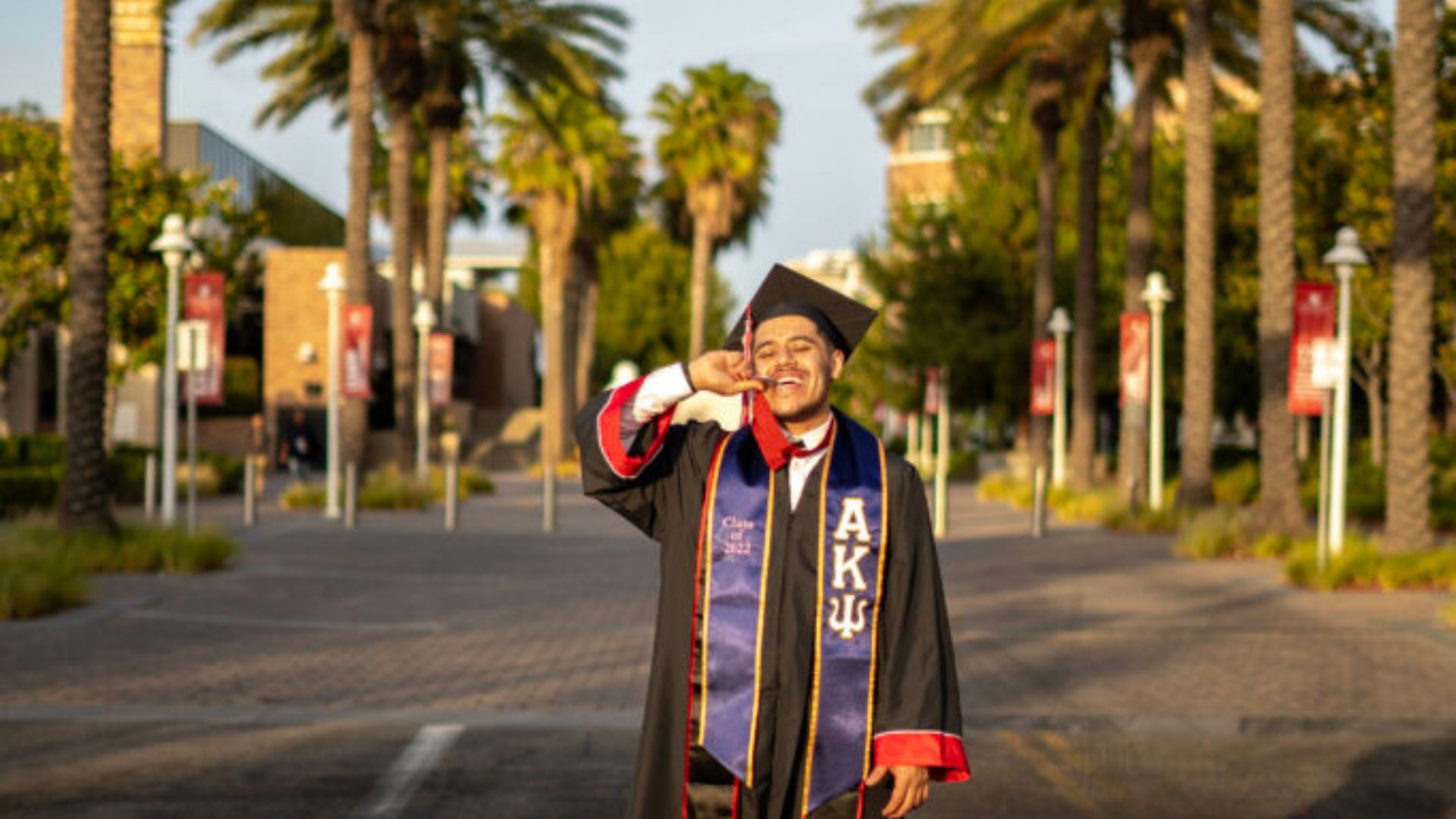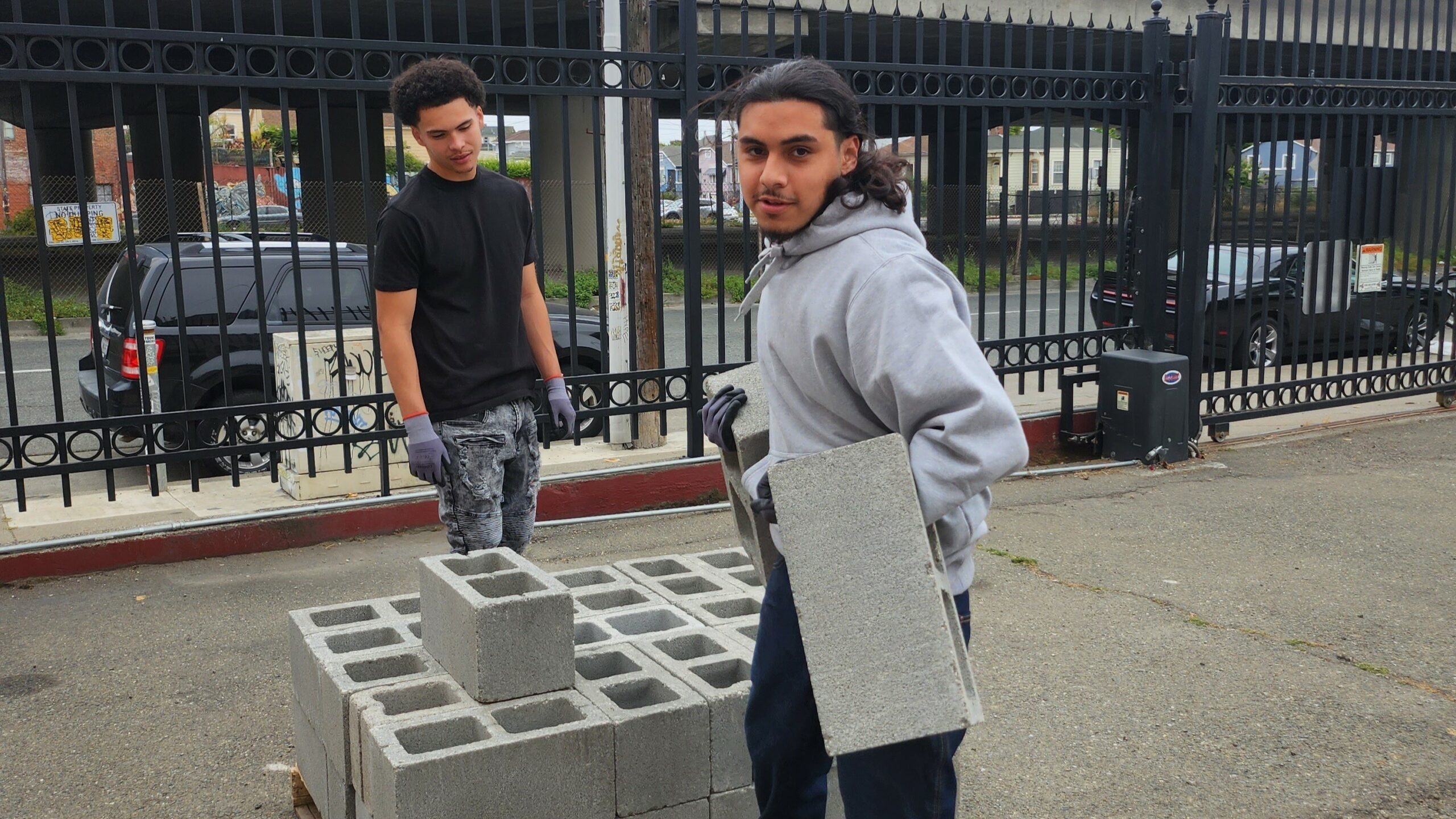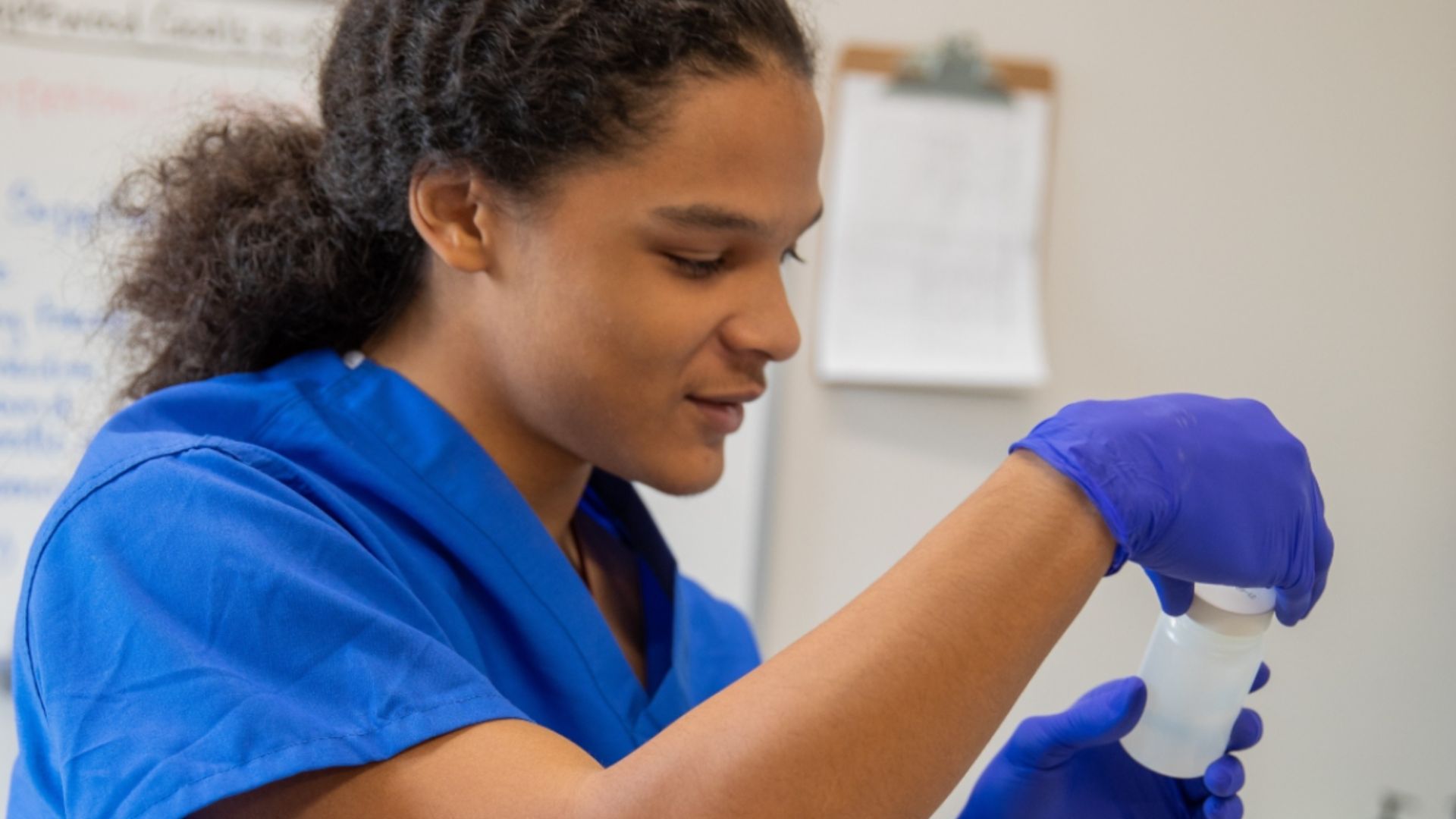What’s next for the recent high school graduate? Particularly in this difficult economic period, what are the options available to young adults?
“The labor market is not a friendly place if you only have a high school diploma. Your next step should involve education,” says Martha Ross, a senior fellow with Brookings’ Metropolitan Policy Program and lead author of the newly-released report Work-based Learning Can Advance Equity and Opportunity for America’s Young People.
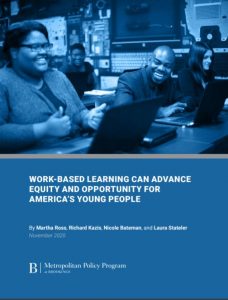
What that education looks like is not a one-size fits all solution. According to the report, “While education beyond high school is the surest ticket to the middle class, the postsecondary landscape is complicated and hard to navigate.”
The report calls on those in education, workforce development, government, business associations, and employers to expand work-based learning opportunities, recognizing these “options as a pathway to greater economic opportunity.”
Clearing the Pathway to Good Careers
Ross says that we need to clear the field so that it’s not an obstacle course from high school to a good job. “We need to lay it out so that everyone has realistic and affordable ways to continue their education after high school and to get a leg up in the labor market.”
“We have a really decentralized, flexible educational system with a lot of open doors, but not a lot of guardrails and not a lot of safety nets.”
“The educational and employment landscapes are riddled with inequities that routinely disadvantage young people who are Black, Latino or Hispanic, or low-income. The K-12 and postsecondary education systems are deeply stratified by race and class, and do not live up to the essential American goal of providing equal opportunity,” states the report.
“The COVID-19 pandemic has only amplified these existing inequalities. But these outcomes are not inevitable—they are the result of policy choices. And better policy choices can change them.”
Unemployment Rates for Young Adults are High
Young adults are currently experiencing high unemployment rates. According to the Bureau of Labor Statistics, the October rate for people 18-19 was 14.1%. And the rate was 10.8% for those ages 20-24.
Despite these daunting statistics, there are opportunities for continued learning.

Ross explains, “The most inclusive term is postsecondary education. And that covers everything from a two-year degree or a four-year degree to short-term job training, to an apprenticeship to longer-term job training. It covers a lot of ground. Most people interpret it as meaning a four-year degree, but we shouldn’t limit ourselves to thinking of four-year degrees as the only degree worth having.”
The report calls for high-quality work-based learning (WBL), “This expansive vision of WBL would emphasize supportive relationships with adults, connections to broader social and professional networks, and authentic work experiences that provide hands-on learning opportunities and the chance to take on new roles and responsibilities.”
Positive Relationships with Adults are Important
“[Supportive relationships with adults] offer young people the opportunity to learn self-regulating behavior, develop social skills, and build resiliency,” according to the report.

Ross says supportive adults can come in different forms, “They can be a supervisor. They can be a mentor. I think, in general, we underestimate the intentionality that it takes to make sure that relationship happens. It means asking questions, setting clear expectations, modeling good behavior, that kind of thing. Because without context and social networks, it can mean a later job search reach is limited.”
It’s Who You Know
“In a WBL context, adult supervisors, mentors, instructors, and others can provide youth with access to valuable resources such as information, assistance, exposure to adult worlds, support, and encouragement,” according to the report.
Supportive relationships can start in high school, notes Ross. “There’s one study that looked at high school graduates and the kinds of contacts they used to get jobs the year after graduation. Also, their earnings in the first year after high school and then, again, nine years later.”
“Those who used school-related contacts, such as teachers, to get a job the year after graduation had higher earnings nine years later than those who used contacts from friends, relatives, or employment services. It’s likely, partly because the teachers acted as brokers who could vouch for the young person as a good worker to a workplace.”
“We learn so much – both content and about opportunities – through talking with people. Having networks and having the skills to increase your networks opens up a lot of doors for you,” says Ross.
She cites an example of a student who participated in an afterschool cooking course who was interested in attending culinary school after high school. In the context of the cooking program, it was much easier for the student to have a conversation with a visiting chef.
“[The chef says] ‘Let me tell you about some of these schools.’ And he gave him his card. That is the kind of thing that would be hard to replicate in a classroom. But by providing a situation where it is easy and natural for those people to communicate, you’ve just increased that kid’s social capital.”
Authentic Work Experiences
“The basic ingredients for a successful work-based learning experience are clear job tasks and expectations, some level of responsibility, access to applied learning in a specific industry context, and feedback from supervisors and peers,” states the report.

“In the simplest terms, there has to be a job description, real work to do, and an engaged supervisor,” explains Ross.
“You don’t have someone who is placed in a workplace and they mostly just sit around. Or they only do exclusively photocopying and nothing else. A certain amount of admin work is certainly appropriate because that’s part of the work world. But it should also include chances for them to learn skills.”
She continues, “Apprenticeships, by definition, are almost guaranteed to be an authentic work experience. An employer has to explicitly buy in. An employer is an active participant in an apprenticeship. They have committed to a certain level of supervision and coordinating the work time with whatever classroom learning is going on so that the apprentice is getting the right kind of skills that they need.”
“What you want is for an internship to do that as well. But because an internship is a more flexible concept than an apprenticeship, it’s possible that you can get an internship with a supervisor who is not really that engaged and doesn’t give you stuff to do or only asks you to get coffee.”
Who is Responsible for Changing Policy?
The interest in WBL is growing, but it needs to be made more accessible to all. “Even so, it is uneven in its availability and quality across the country, and still plays a niche role in education and workforce development,” notes the report.
When asked who should be addressing the inequity and inaccessibility issues, Ross says, “Everyone. That sounds flip, but it would do a lot if the federal government really beefed up its funding for CTE and set clear expectations and standards around work-based learning. That would do a lot across the country. Absent that, a governor can do something. Absent that, a school district leader can.”
The report does cite encouraging government efforts. “It has become increasingly clear… that state governments have a very important role to play in supporting quality WBL. At least 28 states have implemented policies to guide and support local WBL programs.”
Strong state efforts include clear stated WBL goals, metrics and outcomes tracking, support for local programs delivering quality WBL experiences, and coordination and communication between state agencies and local programs.
Ross adds, “A lot of successful work-based learning will be the result of some sort of partnership between public and private sector entities.” After completion of training, “chances are they’re going to place that person into an internship in a private sector business. So if you don’t have that private sector involvement, you have lost the majority of the work sites in the country.”
Rethinking Life After High School
“We need to reimagine the school-to-work transition so that it does not systematically leave millions of young adults behind,” says the report.
This includes out-of-school youth (OSY). This “refers to youth and young adults who are not in school, have less than a college degree, and do not have clear paths out of low-wage jobs. Absent a structured program to help them gain work-related skills, attitudes, knowledge, and connections, these young people are likely to cycle in and out of low-wage jobs,” according to the report.
“Their life circumstances are more complicated. They may feel kind of alienated from education,” says Ross.
“It’s often a community-based organization that has the neighborhood presence to have some credibility with these young people and to meet them where they are. To offer programming that is tailored to them.”
Everyone Needs to Step Up
“Our status quo has been really, really disrupted massively. It does open the possibility of thinking differently about how we teach young people and how we try to connect them to the world of work,” says Ross.
“I am both optimistic and pessimistic. There’s a possibility that we’ll use this opportunity wisely. I worry that if we don’t, we’re looking at a whole generation of young people whose early employment experiences are getting them off to a terrible start.”
Ross’ co-authors of Work-based Learning Can Advance Equity and Opportunity for America’s Young People are Richard Kazis, Nicole Bateman, and Laura Stateler.


